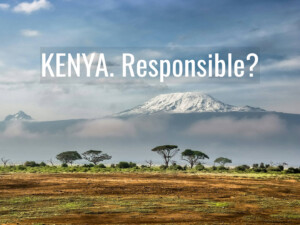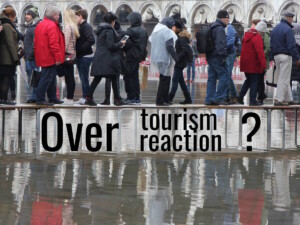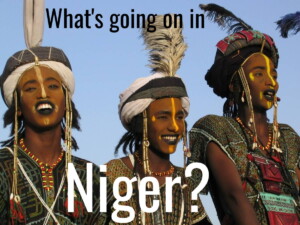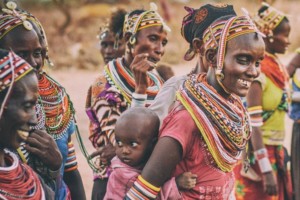Zambia’s untapped tourism potential & its prospects for a green economy
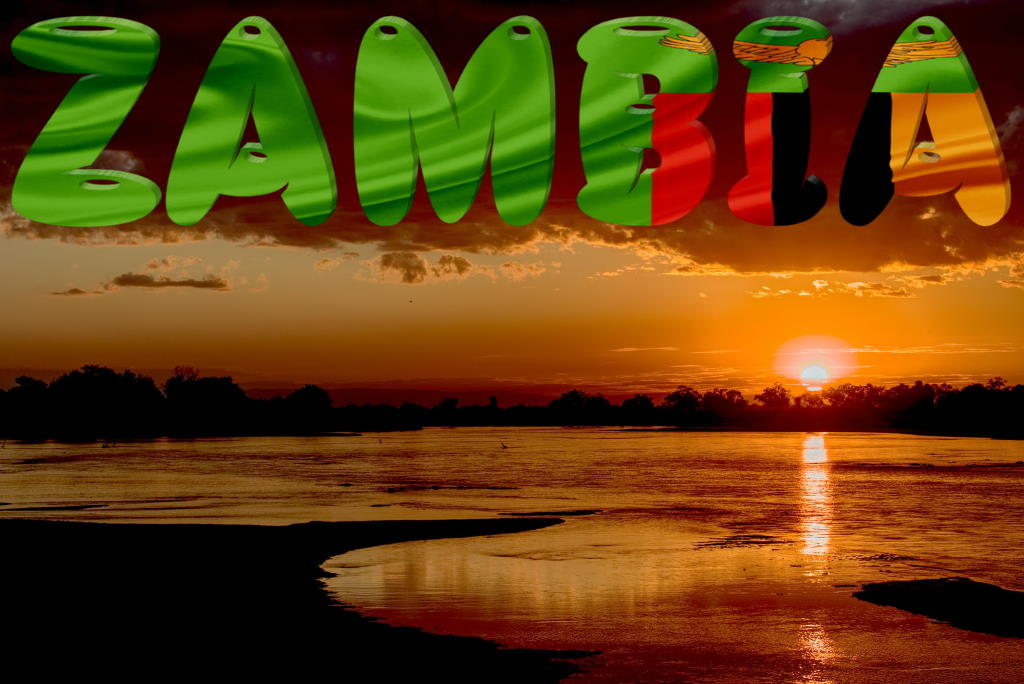
Zimbabwean scholar Shamiso Nyajeka makes a strong pitch for the development of a responsible, sustainable, and economically-inclusive travel & tourism industry in Zambia, where deep poverty persists despite a lucrative mining tradition.
It’s a “Good Tourism” Insight.
[Thanks to Jim Butcher for inviting Ms Nyajeka to write a “GT” Insight.]
Nestled at the intersection of central, eastern, and southern Africa is a country known for its abundant high-grade copper reserves.
Accounting for about 6% of the world’s known copper resources, Zambia is a world-renowned producer and exporter of the versatile metal.
For centuries the people of Zambia have been trading in copper. Indeed the mining of copper, coal, cobalt, emeralds, and other subterranean treasures continues to be a driver and support for the Zambian economy, but not without leaving deep scars.
Also see Edwin Magio’s “GT” Insight
“Africa must put communities, conservation at the centre of its recovery”
Despite exporting large volumes of copper each year, Zambia still has one of the highest levels of poverty in the world.
Ordinary Zambians have paid the most for mining’s narrow economic contributions. Spillages of harmful chemicals and emissions of toxic gases into the environment have compromised their communities’ health and that of their crops and livestock.
In the current era of Global Goals (the Sustainable Development Goals), ensuring sustainable development has become an important part of the Zambian government’s agenda. Yet it is quite clear that with an economy heavily dependent on copper mining, this is a mammoth task.
While agriculture is also an important sector of Zambia’s economy, it is increasingly under threat of climate change and volatile commodity prices. Moreover, realising agriculture’s full potential requires heavy investments in equipment, technologies, and chemicals, all of which present sustainability challenges.
Also see James Nadiope’s “GT” Insight
“How bees, trees, & tourism reduce human-wildlife conflict in Uganda”
Facing the challenges, the government has the mandate to steer Zambia towards a development trajectory that meets the needs of current and future generations.
The solution lies in alternatives, diversifying the economy away from the traditional sources of growth to more sustainable possibilities.
Wealth is about having options and Zambia has just the right blend of resources to give her a more sustainable option for development; an option that protects rather than destroys the environment and human life.

Zambia is not just rich in minerals, it is home to one of the most untamed environments in the world protected in 19 national parks and 34 game management areas. The land is largely unspoiled, sparsely populated, and a reminder that natural sanity still exists on earth, with bountiful wildlife and vast bodies of life-giving water.
Zambia is the source of the mighty Zambezi, one of Africa’s most important and powerful rivers which supports millions of livelihoods across southern Africa before draining into the Indian Ocean. Zambia boasts two other major rivers, four big lakes, 18 waterfalls, and many hot springs.
Also see Tanner C Knorr’s “GT” Insight
“How running water changes lives in Tanzania”
As if these natural assets were not enough, with more than 70 tribes, Zambia has a rich cultural heritage. Despite their diverse languages, traditions, and customs, Zambians are bound by the essence of Ubuntu; a philosophy embraced by the Bantu people who inhabit southern Africa, eastern Africa, and parts of central Africa. Ubuntu loosely means “humaneness”, although there isn’t a precise English translation of the word.
The people of Zambia are the country’s greatest asset, with their warm hearts, bubbly personalities, and respectful attitudes.
Tourism: An extraordinary option for Zambia’s development
Such a wealth of nature and culture provides an extraordinary option for the country’s development: Tourism.
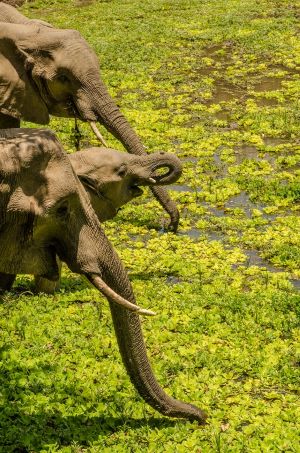
Tourism is a source of sustainable development that does not require a heavy investment in machinery or chemicals, unlike mining and agriculture, and is less at the mercy of climate change than agriculture.
It is also an economic development option that protects the environment. And, unlike mining, tourism does not leave a legacy of poor health caused by ill-managed toxins.
Tourism creates opportunities both for environmental conservation and the preservation of cultural heritage. It is an option that can create wealth from protecting and sharing the country’s natural and cultural heritage with the rest of the world.
Wildlife alone presents various opportunities for tourism; safari, hunting, and photography. Some 30% of Zambia’s land area has been reserved for wildlife. This translates to over 22.5 million hectares. These vast tracts are home to Africa’s ‘Big Five’ — lion, black rhino, leopard, buffalo, and elephant — indicating a healthy ecosystem.
Even though the country is already a leading wildlife tourism destination, visitation is still concentrated in a handful of large national parks. There is huge potential to involve the other parks and game management areas that are scattered across the country in the development of tourism.
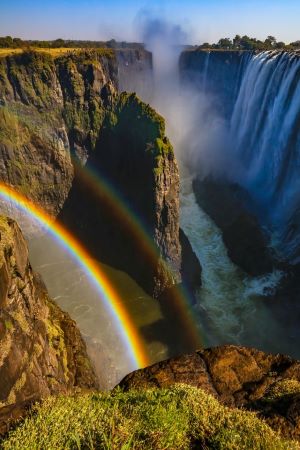
Opportunities for adventure tourism are also plenty given the many waterfalls dotted across the country, the greatest being the majestic Mosi-oa ‑Tunya, which the country shares with her southern neighbour Zimbabwe. Also known as the Victoria Falls, Mosi-oa-Tunya is the world’s most spectacular waterfall. It is one of the seven natural wonders of the world and is inscribed on the UNESCO list of World Heritage Sites.
Bubbling up from Zambia’s pristine natural environment are more than a few hot springs. Not all of them are available for bathing but they still provide a spectacle and are believed to have healing powers. Visitors can bathe in the Kapishya and Chinyunyu hot springs located in the Northern and Lusaka provinces respectively.
Being a landlocked country, Zambia does not have conventional ‘beach’ resources, yet even that is not a barrier. With its stretches of white sand and abundant sunshine, Samfya Beach is a lesser-known natural attraction along Lake Bangweulu.
The COVID-19 pandemic has made people more conscious of their health and created opportunities for wellness tourism. With vast natural and unspoiled landscapes, Zambia is an ideal destination for those seeking solitude, relaxation, and overall mental and physical well-being.

Opportunities for cultural tourism in Zambia are innumerable considering the country’s diverse cultural heritage. For example, there are several traditional ceremonies held in different parts of the country.
Kuomboka is one of the largest in this region of Africa. It is performed by the Lozi people at the end of the rainy season and celebrates the relocation of their king from the flood plains to higher ground. The colourful ceremony attracts thousands of local and international spectators to witness the king and his entourage making their way along the Zambezi.
Other major festivals include the N’cwala and the Umutomboko which take place in the Eastern and Luapula provinces respectively. There are of course many others.
There are opportunities for rural tourism too, wherein visitors can experience traditional lifestyles of Zambia’s Indigenous peoples and those who work on the land.
And what would Zambian culture be without its traditional cuisine; meals and snacks prepared using indigenous methods and ingredients? Food tourism presents another prospect for diversifying the economy.
Also see Adenike Adebayo’s “GT” Insight
“Delicious, nutritious, precious: Nigeria’s ‘Slow Food’ tourism potential”
Urban culture is also an interesting attraction in Zambia. City markets are always a hive of activity selling almost anything from handicrafts to fresh fruit and vegetables, hot indigenous snacks, and an array of pre-loved clothes.
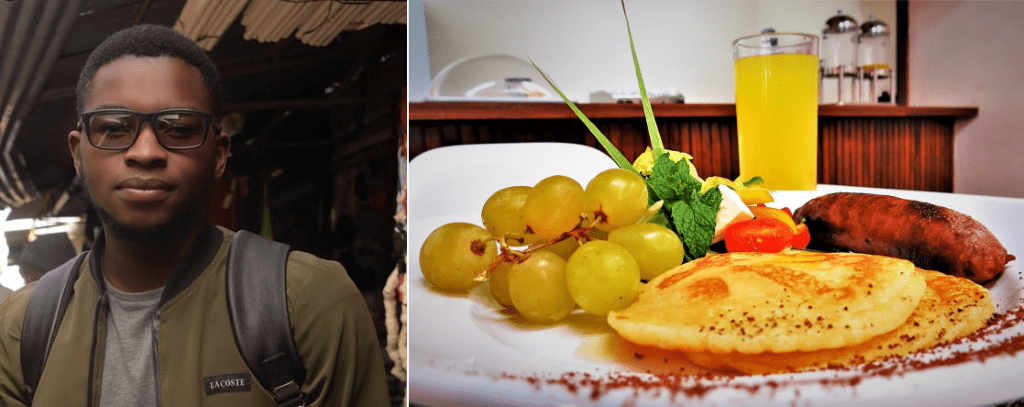
Zambia offers uniquely contrasting cultural experiences from unspoiled rural settings to contemporary upmarket shopping malls, food outlets, and hotels. Lusaka, Zambia’s capital, is home to international brands such as KFC, Radisson Blu, and Hilton hotels. Moving around the pristine, chic areas of Lusaka, one could almost forget they are in a country in which much of the population lives in poverty.
Tourism: If not in Zambia, then where?
If all of Zambia’s natural and cultural resources are not perfect antecedents for the development of a vibrant tourism industry, nothing else is. Of course, having abundant attractions is no guarantee for reaping the benefits of tourism. It takes much more than natural and cultural assets to have a successful and sustainable tourism sector.
In Zambia, as elsewhere, there is a need for proper planning and management, skilled human resources, and a collaborative effort between government, investors, service providers, and local communities. Without such an approach the inclusive benefits of tourism may never be sustainably realised.
Agree? Disagree? What do you think? Share a short anecdote or comment below. Or write a “GT” Insight of your own. The “Good Tourism” Blog welcomes diversity of opinion about travel & tourism because travel & tourism is everyone’s business.
Featured image (top of post): Sunset over the Luangwa River, a tributary of the Zambezi, by Ian McGrory (CC0) via Unsplash. Zambia wordmark by syafrani_jambe (CC0) via Pixabay.
About the author

Shamiso Nyajeka is studying for a Masters in Tourism Destination Development at Dalarna University in Sweden. Ms Nyajeka worked in the travel & hospitality sector in her native Zimbabwe from 2003. Since 2019, Shamiso has been living and working in Zambia. She is passionate about services marketing and the sustainable development of tourism in southern Africa.


